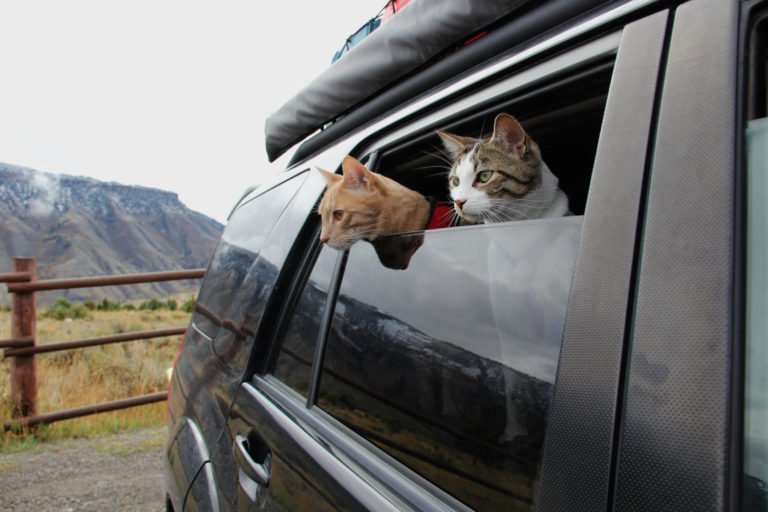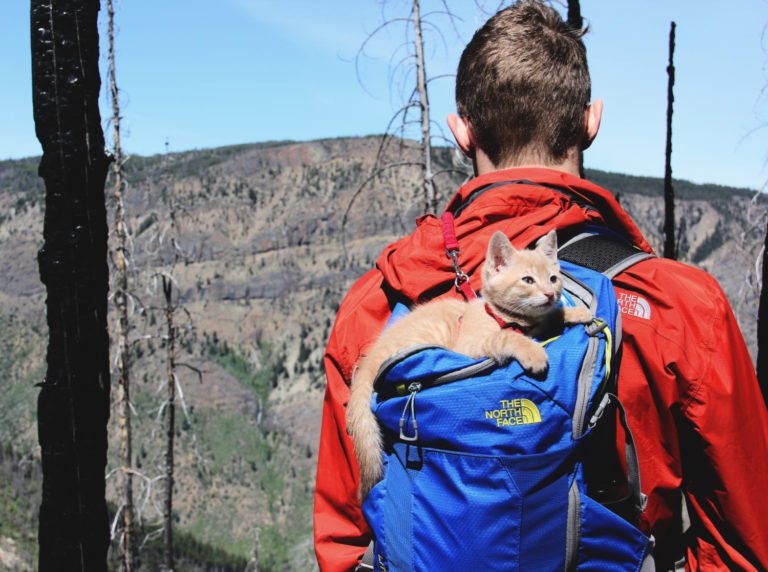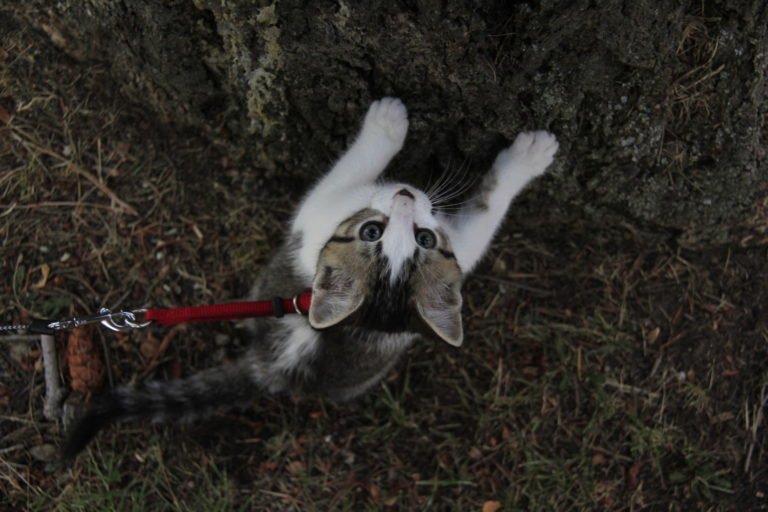Traveling with a cat may sound like a wild idea to some, but it’s becoming increasingly popular as more pet owners hit the road with their furry companions. However, not every cat is cut out for life on the move. Some cats are perfectly content lounging at home, while others are natural-born explorers. So, how do you know if your cat has the right personality to join you on your travels? Let’s dive into the key traits that make a cat the ideal travel buddy—and how to foster those qualities, no matter your cat’s starting point.
Personality: The Key to a Traveling Cat
Just like people, cats have a wide range of personalities. Some are adventurous and thrive on new experiences, while others prefer the comfort and security of familiar surroundings. When it comes to road trips, the most important trait in a traveling cat is how adaptable they are to new situations. Cats with a more outgoing nature tend to adjust better to the unpredictability of travel, while more reserved cats may need extra time to come around.

It’s important to note that breed doesn’t necessarily play a role in whether a cat will enjoy traveling. Whether you have a Bengal, a tabby, or a mixed-breed cat, it’s their individual temperament that matters most. For instance, my cats Fish and Chips, both of whom have different backgrounds and personalities, both adapted well to traveling. Fish, an energetic little troublemaker, was practically born for adventure, while Chips was initially more reserved but gradually grew to love traveling as well. This proves that almost any cat, with the right approach, can be trained to enjoy new experiences.
Traits of Travel-Ready Cats
1. Outgoing and Bold Nature
The most important characteristic of a traveling cat is a bold, curious, and adaptable nature. If you’re adopting a kitten or cat with the hopes of making them your travel buddy, look for one that shows curiosity about their surroundings. A cat that’s constantly exploring and investigating is likely to be more open to new experiences—like hopping in a carrier and heading out for a hike. On the other hand, a more timid or shy cat may require extra training and patience to get comfortable with the idea of traveling.

When we adopted Fish, he immediately stood out from his siblings as the most energetic and fearless. He loved climbing everything in sight and was constantly looking for new adventures. Chips, on the other hand, was much more laid back and cautious, but with consistent exposure to travel, he learned to embrace it. So, whether you’re adopting a young kitten or an adult cat, look for signs of curiosity and confidence in new situations.
2. Trainability and Motivation
Even if your cat isn’t naturally outgoing, they may still have the potential to enjoy travel—provided they’re motivated. Cats who have strong interests—whether that’s food, toys, or affection—are often easier to train. Positive reinforcement is key. If your cat loves treats or playtime, use those as rewards to create positive associations with travel experiences. For example, every time you put your cat in their travel carrier or harness, reward them with something they love.

Age can also influence how trainable your cat is. Kittens are generally more adaptable, and younger cats tend to learn faster because they haven’t yet developed many ingrained habits. However, don’t discount older cats—any cat that’s willing to learn can eventually become a seasoned traveler with enough patience and consistent training.
3. Curiosity: A Love for the Outdoors
Curiosity is another major trait of travel-friendly cats. Does your cat dart for the door every time it opens, eager to see the world outside? Or do they prefer to stay nestled up by the window, observing the world from a distance? Cats that show interest in the outdoors are more likely to enjoy life on the road.

If your cat is the adventurous type, you can start introducing them to the idea of travel by using a leash or harness. Over time, they’ll associate their harness with the excitement of exploring new places. A cat that’s curious about the world will generally be more comfortable adjusting to new environments while on the move.
4. Trust and Bonding
The bond you share with your cat plays a huge role in how comfortable they will feel in new situations. If your cat trusts you, they’re more likely to follow your lead and feel secure when exploring unfamiliar places. Building this trust can be especially important if you plan to let your cat roam leash-free at times. Fish and Chips, for instance, have such strong bonds with me that I feel confident letting them off their leashes for brief moments, knowing they’ll run toward me if they feel frightened.

If your cat is independent by nature, you can still build that trust through consistent training and positive experiences. Just remember that, unlike dogs, cats don’t always crave human interaction, so patience and gentle encouragement are essential.
5. Social Behavior
Another factor to consider is how your cat interacts with people and other animals. Traveling often means encountering strangers or other pets, including dogs. Cats that are comfortable around other people and animals are more likely to handle the social aspect of travel well. If your cat is nervous or aggressive around strangers, you may need to take extra steps to help them feel secure and calm during your travels.

If Your Cat Isn’t Naturally Adventurous
What if your cat doesn’t tick all the boxes for a travel-ready companion? That’s okay! Not all cats are born adventurers, but many can be trained to enjoy the experience. Start small by helping your cat get comfortable with short trips in the car. Gradually increase the length of your outings and make the experiences as positive as possible by bringing along their favorite toys or treats.
Using a pet carrier or stroller during travel can help your cat feel secure while adjusting to new environments. Even if your cat isn’t keen on roaming freely just yet, this can still be a great way to explore the world together at a pace that’s comfortable for both of you.
Final Thoughts
Traveling with a cat can be an incredibly rewarding experience for both you and your feline companion. While some cats are born wanderers, others may need a little more time and encouragement. By focusing on your cat’s personality, curiosity, and trust, you can help them develop the skills they need to enjoy the journey. With the right preparation and patience, your cat could become the perfect travel buddy—ready to explore new places, meet new people, and make unforgettable memories with you.


